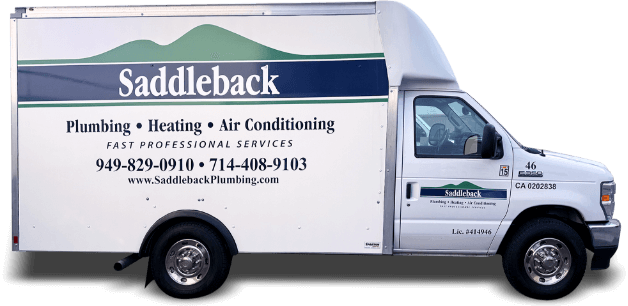HVAC Tips: The Differences Between SEER and HSPF Ratings
March 7th, 2012When it comes to heat pumps in Orange County and across the country, there are two different ratings you’ll often see – the SEER and the HSPF. So, what does each of them mean and which rating is more important when purchasing your new device? Here are a few things to consider: SEER The acronym SEER […]

